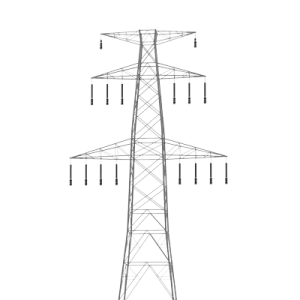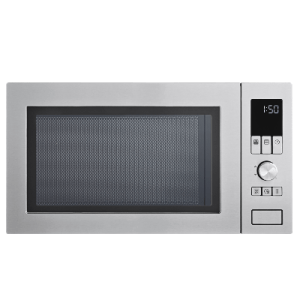
Overview
In this activity, students practice creating and using analogies to understand and describe important concepts. Designed to nurture aspects of the Communication curricular competency, this activity can be easily applied to any science concept, phenomenon, or content.
Instructions
What you'll need
- "Making analogies" handout, one per pair of students
- "Assessing my ability to make an analogy" rubric, one per pair of students
- Begin the activity by inviting your students to compare an important grade-level science concept with an unrelated object or idea. For example:
- “How is electrical current like a river?” (grade 7)
- “How is a quark like a banana?” (grade 8)
- “How is a circuit like a city?” (grade 9)
- Record your students’ ideas and then to decide which suggestions might be the most promising for comparing the two objects. As students share their decisions, present or co-develop the criteria for a promising comparison. A promising idea for a comparison is:
- Purposeful and relevant to the assigned topic or idea
- Thoughtful and insightful combinations of new and existing ideas
Record and display the criteria for use later in this activity.
- Briefly explain to your students that they have just created analogies to describe an important science idea or concept. Suggest that objects compared in an analogy do not need to be alike—in fact, it’s often better and more fun when the objects aren’t related.
- Organize your students into pairs and provide each group with a copy of the "Making analogies" handout. In the “Featured object or concept” box, prompt groups to note the item that they are going to describe (you might suggest a science concept, phenomenon, or content for all groups to consider).
- Next, invite groups to think of an object that they will compare to the featured object. Remind your students that their comparative object can be completely unrelated to the featured object.
- Ask groups to list as many characteristics of the objects as they can in the appropriate boxes on the handout.
- Now invite each group to think of as many words or short phrases as possible to compare the two objects. Encourage your students to use their lists of characteristics to think of multiple ways the objects might be like each other and remind them that any idea that comes to mind can be used to create an analogy. These ideas should be noted in the “How is one like the other?” box on the handout.
- Ask groups to select four or five of the words or short phrases that they think are the most promising for their analogy. Remind students to use the criteria to guide their decision making. Prompt groups to note their selections in the “Most promising words and phrases” section.
- Ask groups to now use their most promising words and phrases to write an analogy that compares the two objects.
- Invite student groups to share their analogy with the class. As students share, encourage them to describe how analogies can help or change their thinking about the featured object, and to note their ideas on their handout.
- Conclude the activity by asking students to suggest how analogies might be useful for improving their understanding of other scientific objects, concepts, or phenomena.
Modify or extend this activity
Extensions
- Encourage students to use their analogies to create six-line poems that describe their featured object or concept.
- Students could use their written metaphors to guide the creation of a physical model of a scientific concept, or phenomenon.
Modifications
As an alternative to writing, consider having students create or select images to describe similarities between their two objects.
Curriculum Fit
Grade 9 Science
Curricular competency
Communicating
- Formulate physical or mental theoretical models to describe a phenomenon
Assessments
Invite each student to complete a copy of the "Assessing my ability to make an analogy" rubric.
Evaluate students’ ability to:
- Develop numerous specific and relevant ideas to compare two objects or ideas
- Select ideas that are the most insightful, unanticipated, and revealing when comparing two objects or ideas
- Make a creative and unusual analogy that describes surprising connections between the objects or ideas
Teaching Notes
This activity can be used in any grade or subject to help students understand and describe important objects, concepts, or phenomena.








